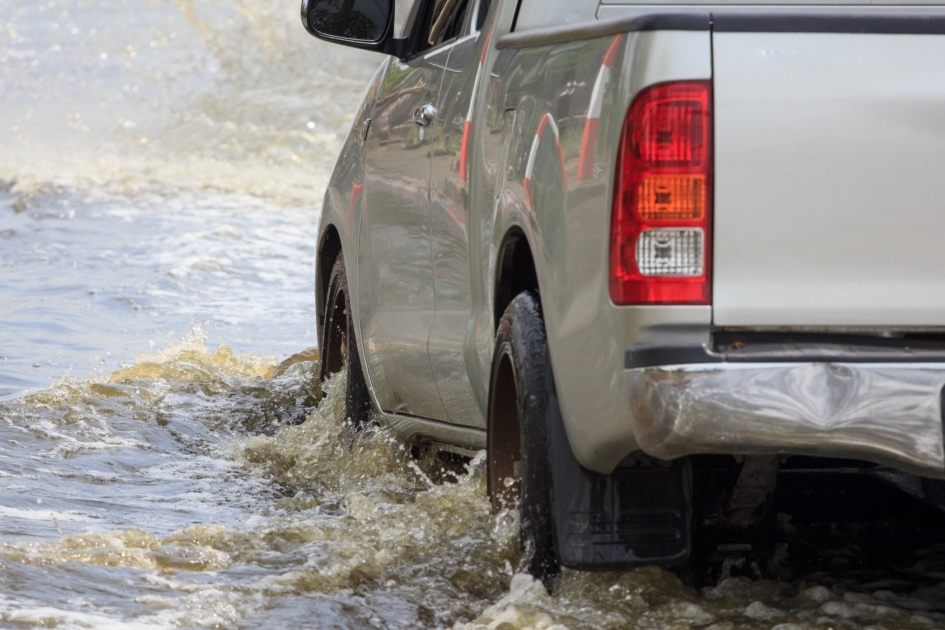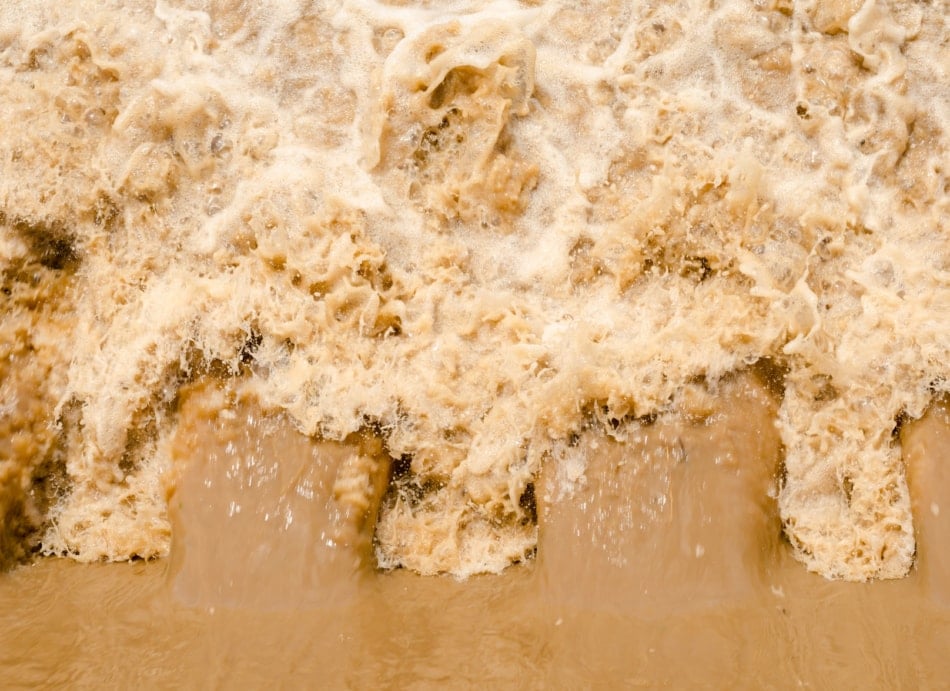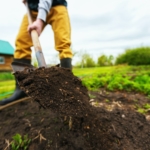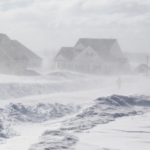Flash Floods: What You Need to Know to Stay Safe
What causes a flash flood? Learn how these dangerous weather forces form and how to keep yourself, and your family, safe.

Flash floods are the most dangerous weather event in North America, killing many more people each year — 127 on average — than lightning, tornadoes, or hurricanes. Flash floods are unpredictable and move very quickly. They are extremely powerful, and can even uproot trees, destroy bridges, and pick up large boulders.
What Causes A Flash Flood?
While standard floods cause rivers and streams to rise over their banks and onto surrounding dry land, flash floods sweep across land very quickly and often without warning. They can appear as a massive moving wall of water, up to 20 feet high. Flash floods occur during heavy rainstorms and can form after many hours of sustained rainfall or in as little as a few minutes. They are sometimes the result of a breached levee or dam.
Though the flooding may not look like much to a casual observer, it is a powerful and deadly force of nature. A healthy, strong adult can be knocked down by as little as six inches of rapidly moving floodwater, and it takes only two feet of water to pick up a large vehicle, such as an SUV or bus.
Meteorologists issue a flash flood watch when all of the conditions required to make a flash flood possible come together. A flash flood warning is issued when a flash flood is already in progress. If a flash flood warning is issued for your area, abandon your home and head for higher ground.
Flash Flood Safety Tips

- Avoid drainage ditches, streambeds, or any area where water is moving quickly.
- Never drive into a road covered in water. More than 65 percent of flood-related deaths occur when drivers try to navigate through flooded roads. A foot of water is enough to float most standard-size vehicles. In addition, most flooded roads and bridges are too damaged by water for a vehicle to cross to the other side. If floodwaters rise around your car, abandon the car and move to higher ground. Remember “Turn Around, Don’t Drown!”
- If you absolutely must walk through floodwater, try to walk in areas where the water is not moving, or is moving more slowly. Use a long stick to test the ground in front of you for holes, rough patches, or soft areas that may cause you to trip or fall.
After the Flood
- Use only bottled water until news reports confirm the local water supply is safe to drink.
- Avoid coming into contact with standing floodwater, which may be contaminated by oil, gasoline, or raw sewage, or could carry an electrical charge from downed power lines.
- Be aware that formerly flooded roads and bridges may be weakened and could collapse under the weight of a car.
- Avoid downed power lines, and report them to the power company.
- Do not return home until authorities confirm that it is safe.
- Never enter a building that is surrounded by floodwaters.
- Be aware that building foundations may have hidden damage, and use extreme caution when entering.
- Wash and disinfect everything that becomes wet or soiled. Mud left behind by floodwater often contains sewage or dangerous chemicals.

Jaime McLeod
Jaime McLeod is a longtime journalist who has written for a wide variety of newspapers, magazines, and websites, including MTV.com. She enjoys the outdoors, growing and eating organic food, and is interested in all aspects of natural wellness.












During the years I worked with FEMA, most of the deaths we saw from hurricanes were drownings from people driving through the flood waters from the rains accompanying the hurricane. It cannot be stressed enough what you have already said about not driving into or walking into flood waters.